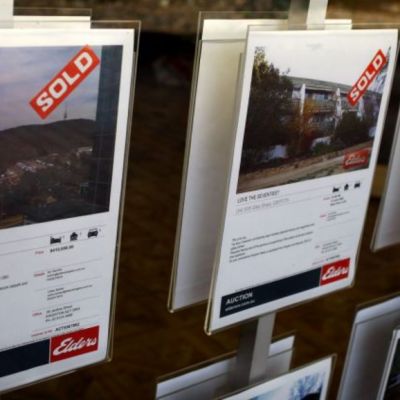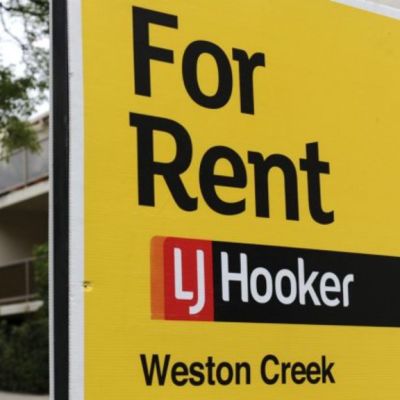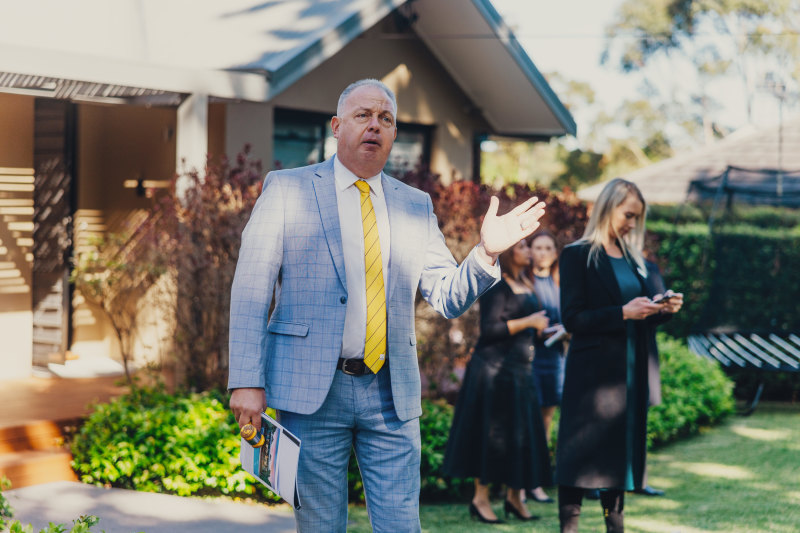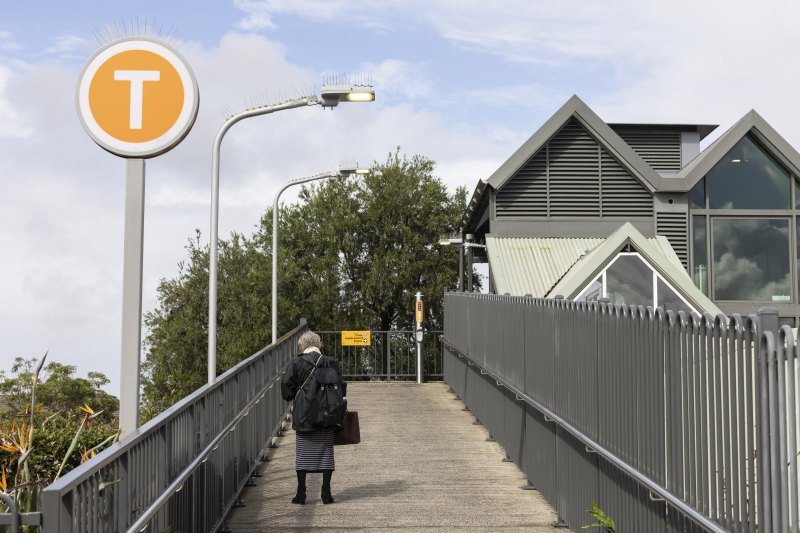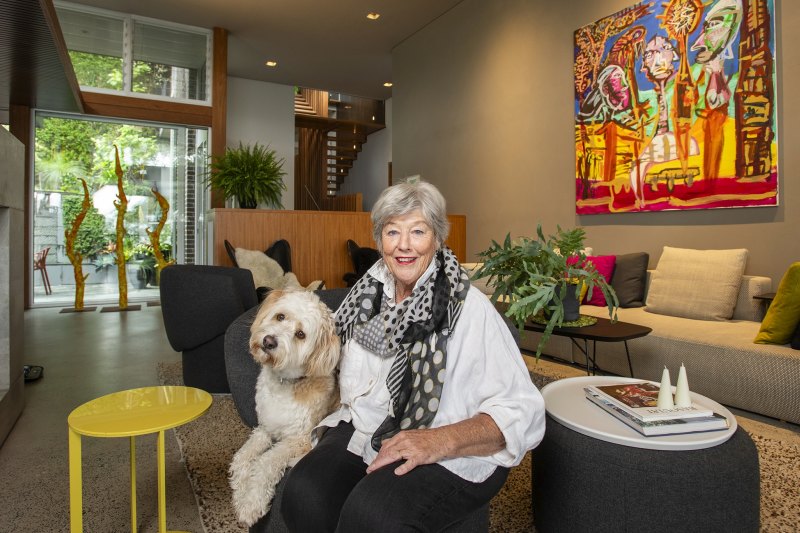Canberra's median house price surpasses $700,000 for first time: Domain report
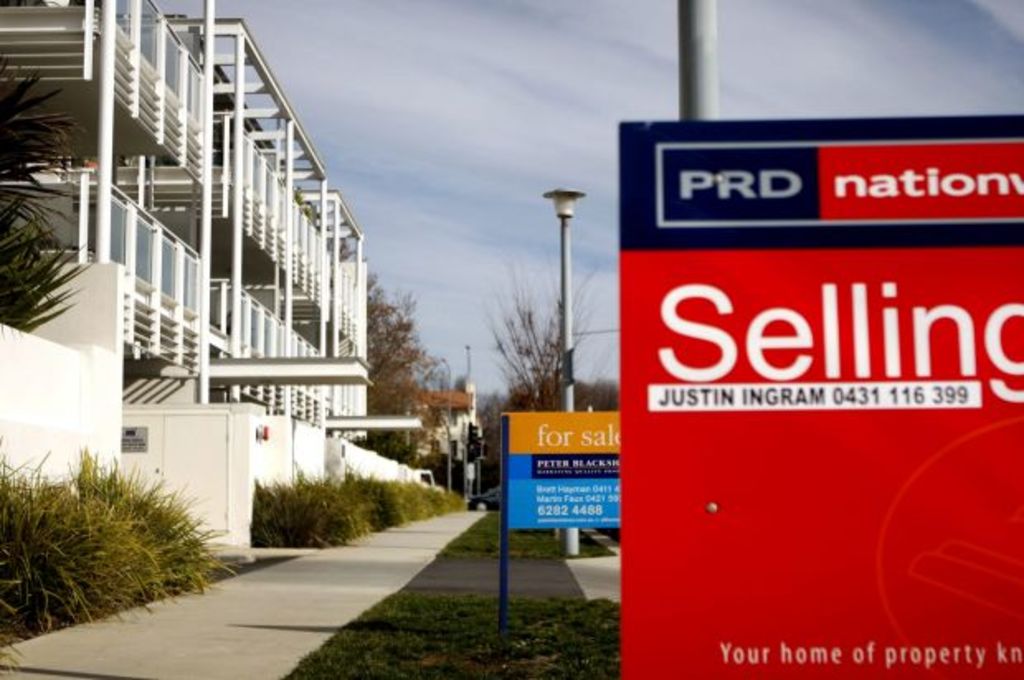
Canberra’s median house price has surpassed $700,000 for the first time.
The Domain State of the Market Report released on Thursday shows house prices have jumped 10.4 per cent over the past year to a new median of $705,059.
It represents a rise of 5.3 per cent over the March quarter; the highest quarterly increase among Australia’s capital cities.
Units prices, on the other hand, have fallen for the second consecutive quarter, dropping 0.6 per cent to a median of $401,661.
It represents a 2 per cent fall over the past 12 months.
Domain Group chief economist Andrew Wilson said Canberra’s housing market had gained momentum over the past 12 to 18 months.
Three key factors had driven house price growth in the ACT: a stronger economy with a higher employment rate; migration, as more people moved to Canberra for work; and the territory’s relative affordability compared to Sydney and Melbourne.
“Certainly, there’s lots of confidence in the market,” he said.
However, higher prices made it much harder for first-time buyers to get a foot on the property ladder, particularly if income growth lagged behind house price growth.
“Homeowners will be pretty pleased where Canberra prices have gone,” Dr Wilson said.
“If you’re not coming into the market with something to trade, as a first home buyer, it’s very, very tough.”
Allhomes data scientist Nicola Powell said low interest rates had stimulated the market and encouraged buyers of their second or third property to upsize.
“It is more affordable to have a larger mortgage and upsize,” she said.
“We’ve seen the market perform extremely well in 2016 and this year as well, even though there is a lot of speculation around interest rates.”
Dr Powell agreed first home buyers would struggle. Although borrowing money was cheaper, she said the initial deposit was the real challenge for this sector of the market.
Canberra is Australia’s third-most expensive city to buy a house, behind Sydney’s median house price of $1,151,565 and Melbourne’s $843,674.
Canberra unit prices, on the other hand, have fallen amid continued construction of apartment complexes.
Dr Powell said unit prices had fallen “quite substantially, but once building construction starts to ease we’ll see a steadying of unit prices”.
“We are starting to see a levelling of that construction,” she said.
Dr Wilson said Canberra was “reaching the bottom of the price cycle”, however supply and demand would always be a long-term problem.
He said increasing rental yields for apartments were attracting more buyers, particularly investors.
Canberra provides investors with the highest gross yields for apartments at 5.7 per cent – a year-on-year increase of 3.7 per cent, according to the report.
The nation’s capital has also recorded the biggest jump in median asking rent among the capital cities, with house prices rising 7.5 per cent to $500 a week and unit prices rising 8.2 per cent to $428 a week over a 12-month period.
Canberra is the third-most expensive city to rent a house or unit, behind Sydney ($550 and $530) and Darwin ($550 and $430), but still ahead of Melbourne ($420 and $395).
Dr Powell said rising rents would make it harder for tenants to save for a property amid the increasing cost of living.
“However there is a silver lining in terms of looking at different types of property,” she said.
“We’ve seen unit prices fall and that does offer a great opportunity for first home buyers trying to access the market.”
Dr Wilson said there was “a clear undersupply of rental properties” in the ACT, with net migration creating short-term demand for leased homes.
“I expect to see investment activity on the rise,” he said.
We thought you might like
States
Capital Cities
Capital Cities - Rentals
Popular Areas
Allhomes
More
